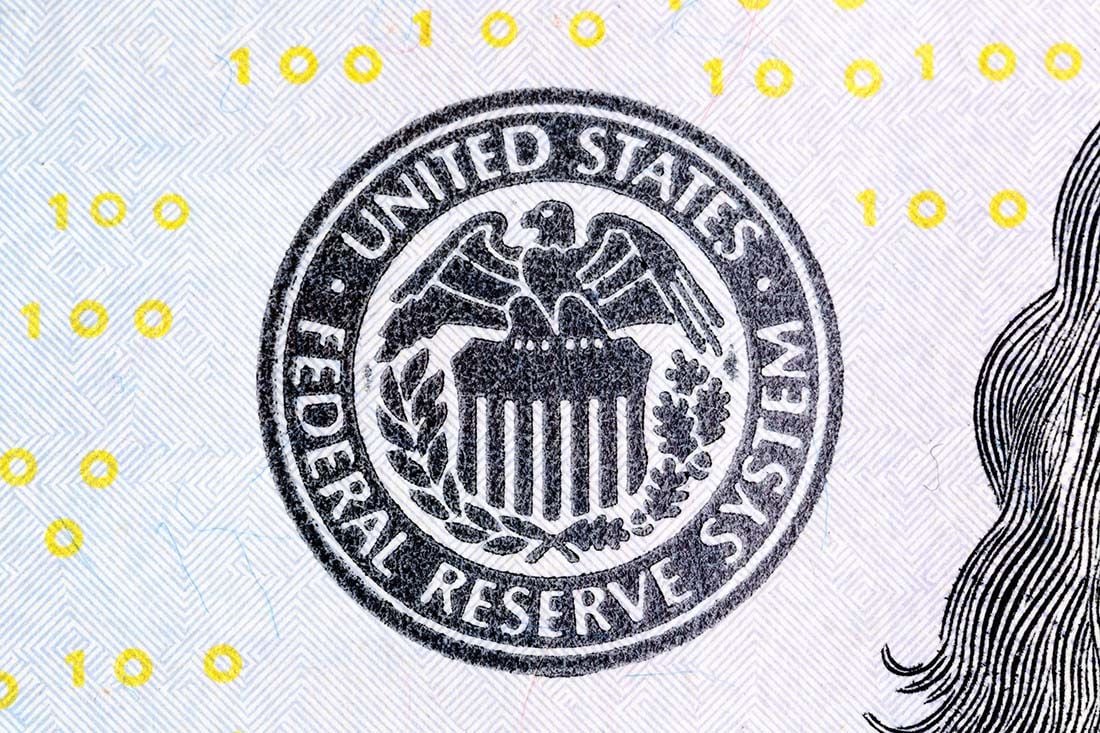Fed Rules Out Rate Cuts for 2023 and Invites Tighter Financial Conditions
- Written by: James Skinner
-
"No participants anticipated that it would be appropriate to begin reducing the federal funds rate target in 2023" - FOMC Minutes.

Image © Adobe Images
Federal Reserve (Fed) policymakers frowned at the idea of interest rate cuts for later this year and went out of their way last month to make a hawkish impression on the market in an effort to prevent financial conditions from easing further, minutes of the meeting showed on Wednesday.
Fed rate setters acknowledged in last month's meeting an apparent slowing of the U.S. economy but remained of the view that a period of suppressed activity would be necessary to ensure that inflation returns sustainably to the 2% target before setting out to covet still tighter financial conditions.
"Participants observed that the growth of economic activity had slowed significantly in 2022 from the previous year’s robust pace, partly in response to the Committee’s policy actions. The effects of those actions were especially notable in interest-sensitive sectors, particularly housing," the minutes say.
"No participants anticipated that it would be appropriate to begin reducing the federal funds rate target in 2023," they later add.
The Fed's updated forecasts suggested last month that it may raise the Fed Funds rate to anywhere between 5% and 5.5% in 2023 while minutes of the meeting released on Wednesday revealed an intention to overdeliver on market expectations and prevent financial conditions from loosening further.
 Above: Summary of December's FOMC forecasts. Source: Federal Reserve.
Above: Summary of December's FOMC forecasts. Source: Federal Reserve.
The Dollar and bond yields had fallen in the weeks leading up to December's meeting while stock markets had risen, counteracting the effect of the Fed's interest rate policy and prompting the FOMC to turn more hawkish in an attempt to discourage a trend from developing.
Money markets have bet persistently that interest rates are likely to be cut before year-end owing to expectations of a further slowing economy and while this notion was frowned upon in December's meeting, the minutes also indicated that economic conditions could yet lead the Fed to change its course.
"In light of the heightened uncertainty regarding the outlooks for both inflation and real economic activity, most participants emphasized the need to retain flexibility and optionality when moving policy to a more restrictive stance," the meeting record notes in part.
A wide range of indicators suggest the U.S. economy slowed last quarter with the Institute for Supply Management (ISM) Manufacturing PMI the latest when warning on Wednesday of a December contraction in activity across the sector and a deteriorating overall economy.
"With inflation remaining unacceptably high, participants expected that a sustained period of below-trend real GDP growth would be needed to bring aggregate supply and aggregate demand into better balance and thereby reduce inflationary pressures," the minutes also said.
U.S. inflation fell to 7.1% in November and 6% after energy and food price changes are set aside but the Fed's December forecasts suggest it's unlikely to return to the 2% target until next year and around a year after interest rates have reached their anticipated peak.
"Several participants commented that the medians of participants’ assessments for the appropriate path of the federal funds rate in the Summary of Economic Projections, which tracked notably above market-based measures of policy rate expectations, underscored the Committee’s strong commitment to returning inflation to its 2 percent goal," the meeting record reads in part.
 Above: Changes in market-implied expectations for Fed Funds rate between selected intervals. Source: Goldman Sachs Marquee.
Above: Changes in market-implied expectations for Fed Funds rate between selected intervals. Source: Goldman Sachs Marquee.




